Producers follow Asian model to drive future growth and sustainability
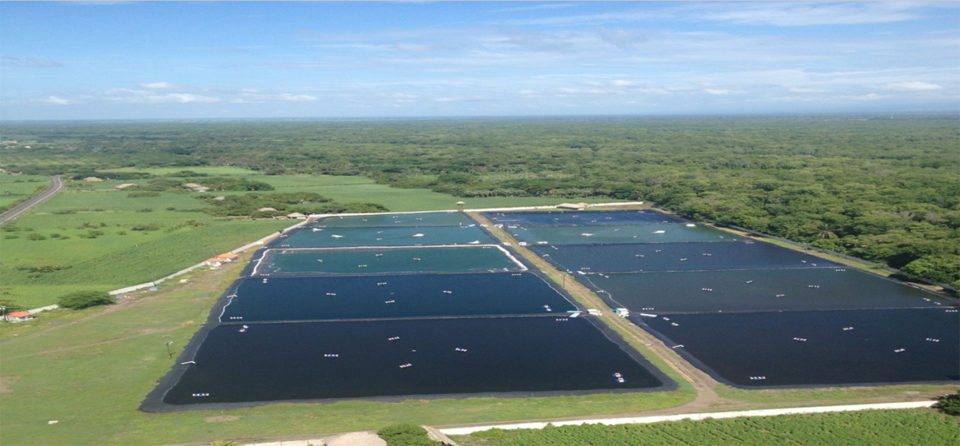
Shrimp farming began in Guatemala in 1983, and it was not an easy path to the current development the industry currently enjoys. There were few areas suitable for implementation of the extensive culture practices then prevailing in other countries in the Americas, like the large ponds in Ecuador and Mexico. Most coastal areas in Guatemala had limited access to estuaries, bays or seawater. And areas with access to water were expensive, had mostly sandy soils and were next to agricultural areas undesirable due to their pesticide use.
Developing a significant shrimp farming industry in Guatemala – which is based along its Pacific Ocean coast and on the native Pacific white shrimp (Litopenaeus vannamei) – has not been easy. In addition to the frequent earthquakes, volcanic eruptions, flooding and socio-economic issues that routinely affect the country, shrimp farmers have been frequently impacted by major shrimp diseases like the Infectious Hypothermal and Hematopoietic Necrosis Virus (IHHNV) in 1990; the Taura Syndrome Virus (TSV) in 1994; the Necrotizing Hepatopancreatitis (NHP) in 1997; Streptococcusbacteria in 2008; and vibriosis since 2014.
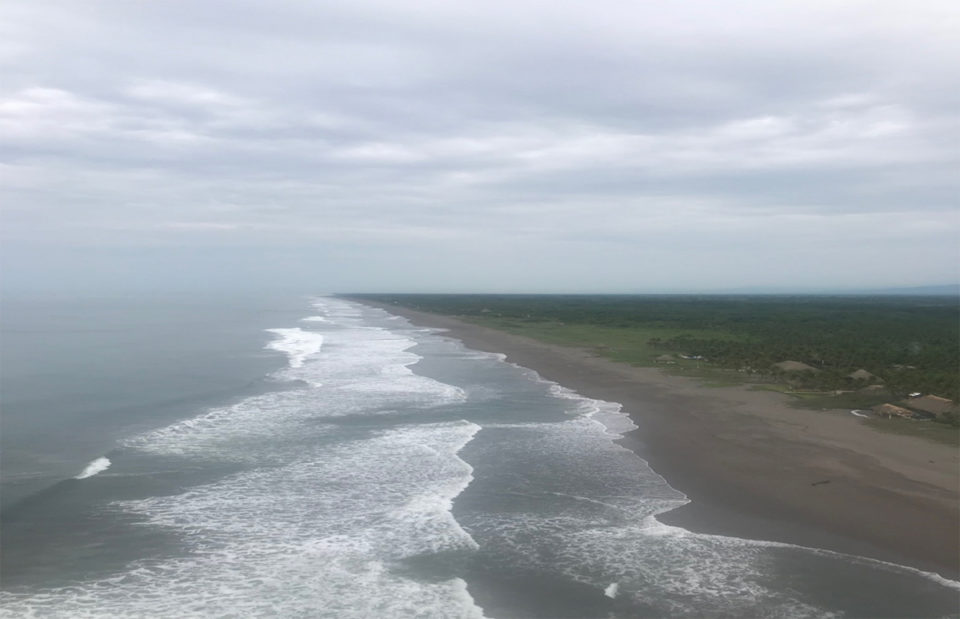
Despite all these significant challenges, the country’s shrimp farming industry has developed a new, highly intensive system of small ponds and shorter cycles that can produce as much as 27,216 kg (60,000 lbs.) per hectare (ha) per cycle. In fact, Guatemala’s 120 shrimp farmers are expected to produce close to 25,000 metric tons (MT) of farmed shrimp in about 1,650 ha of ponds – following an Asian-style model of higher farming densities in order to drive growth – that would place the country as one of the world’s most productive in terms of farmed shrimp produced per area.
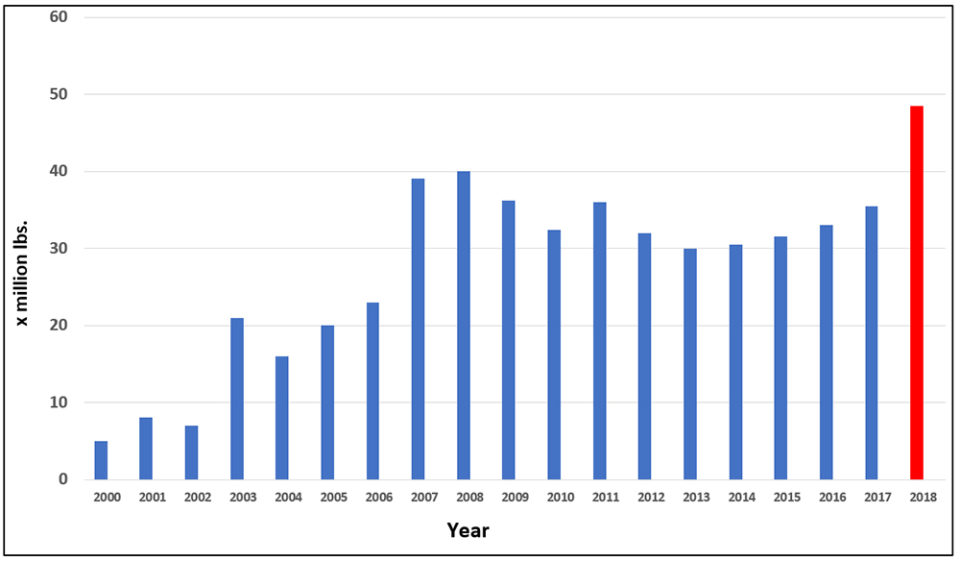

A new, intensive vision
A few years ago, industry leaders in Guatemala created a new vision for their shrimp farming activities. This vision included:
- Creating a new, non-traditional activity to help families living on the coast to earn a good living.
- This activity had to be economically and environmentally sustainable, incorporate new technologies and link with the private sectors that create the new technologies to benefit both sides.
- It also had to create the foundation for further expansion within the existing family nucleus for the new generations.
The first intensive system started operating in 2003, and used small, plastic-lined ponds stocked with the then available disease-resistance shrimp at 100 postlarvae per square meter (PLs/m2), and with mechanical aeration at 40 hp/ha and limited water exchange. Production at the 6.5 ha system in 2003 was almost 151,478 kg (378,000 lbs.).
This newer, intensive system is characterized by shorter cycles using genetically improved, resistant and fast-growing shrimp. Most farms use shorter cycles (more cycles per year), which are more economical and reduce some of the risks associated with longer cycles. Also, shorter cycles produce less organic matter and sludge, are easier to manage, have higher survival rates and are more profitable than longer cycles, on an annual basis.
The intensive ponds have plastic liners and are deeper (up to 2.5 meters) to better maintain water temperatures and often use brackish or seawater from wells. Pond bottoms are frequently siphoned to remove excess sludge and organic matter, and many ponds use the shrimp “toilets” common in many shrimp ponds throughout Asia. Probiotics and various minerals are added to the pond water, and tilapia are often co-cultured to improve water quality.
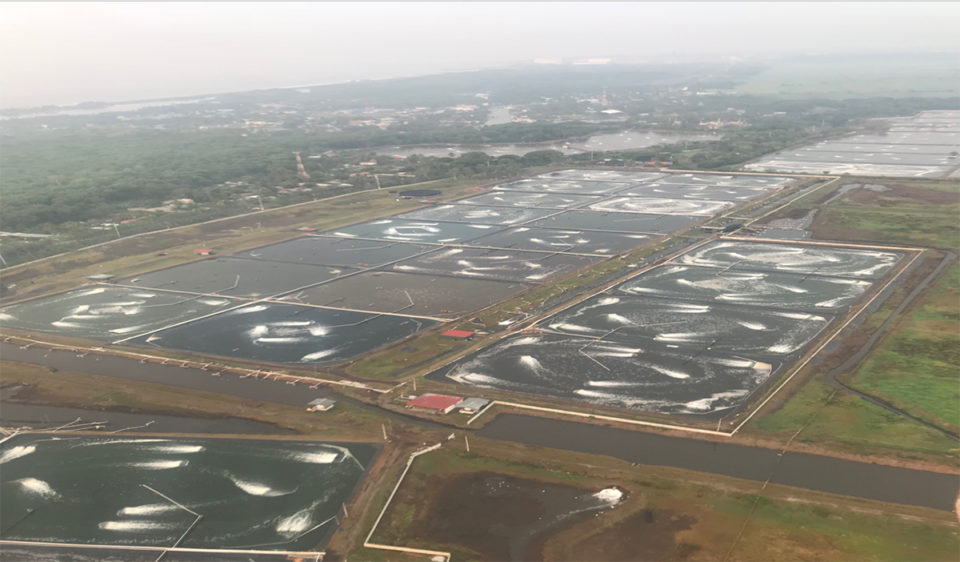
One of the keys of this intensive system is the use of significant mechanical aeration in the grow-out ponds. For densities of 100 animals/m2, 27 hp/haof aeration is used; for 200 animals/m2, 40 hp/ha is used; and for densities over 200 animals/m2, as much as 70 hp/ha aeration is used. Another key is the use of well water, which benefits from significant natural filtration through the sandy soils. And the use of genetically improved seedstock has also been a key component supporting the growth of intensive shrimp farming in Guatemala.
Over 100 intensive farms currently operate in Guatemala, leading the use of this advanced shrimp farming system in the Americas. Some of these farms can produce 18,144 to 27,216 kg (40,000 to 60,000 lbs.) per cycle.
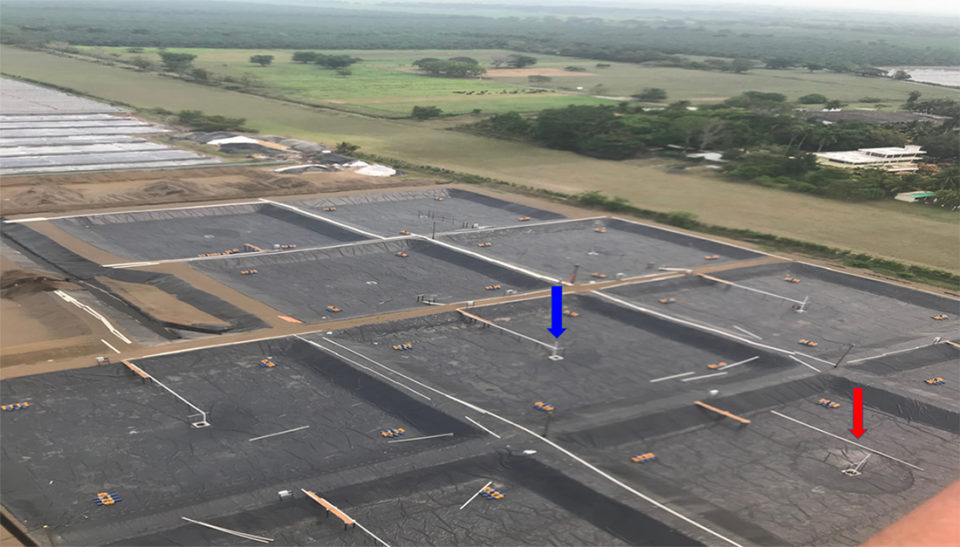
Perspectives
Guatemala’s shrimp-farming industry – despite the lack of suitable areas and facing numerous challenges including various major shrimp diseases – has adopted a new, highly intensive system of small ponds and shorter cycles that can produce as much as 27,216 kg/ha/cycle.
The estimated 120 shrimp farmers are expected to produce close to 25,000 metric tons of farmed shrimp in about 1650 ha of ponds in 2018.
Guatemala is cautiously following the intensive Asian model to drive future growth and sustainability, as it leads the effective implementation of modern shrimp farming technology in the Americas.
Author
Related Posts
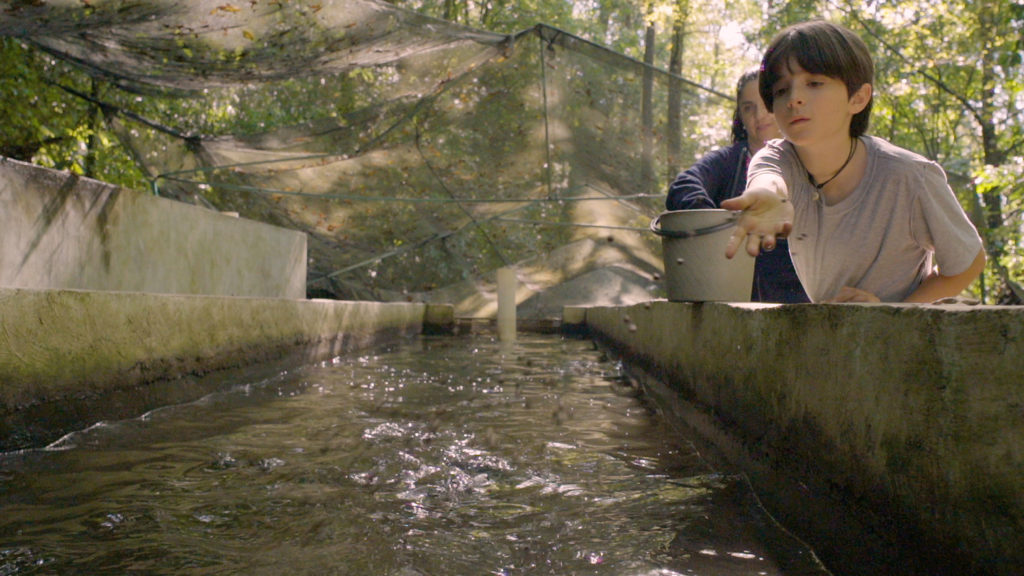
Intelligence
A motive, and a market, for farmed fish in Mexico
Boasting ample areas for aquaculture and a robust domestic demand for seafood – not to mention its close proximity to the U.S. market – a land of opportunity lies in Mexico. Fish farming is primed to meet its potential south of the border.
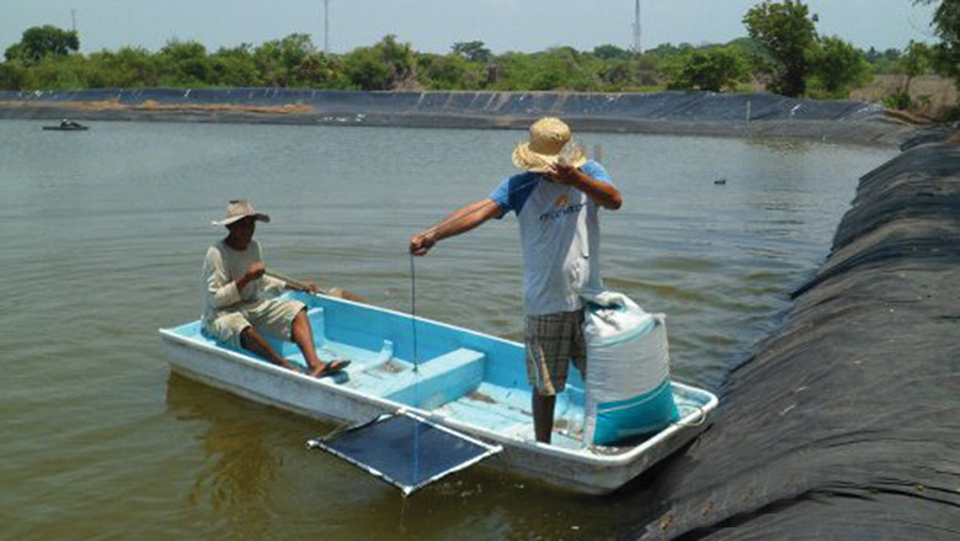
Aquafeeds
Feed trays: The good, the bad, the ugly
Feed trays are typically used to avoid overfeeding in aquaculture production systems. They are sometimes used to deliver 100 percent of the feed that is fed, and other times a small number of trays are used as a guide to evaluate broadcast feeding techniques.
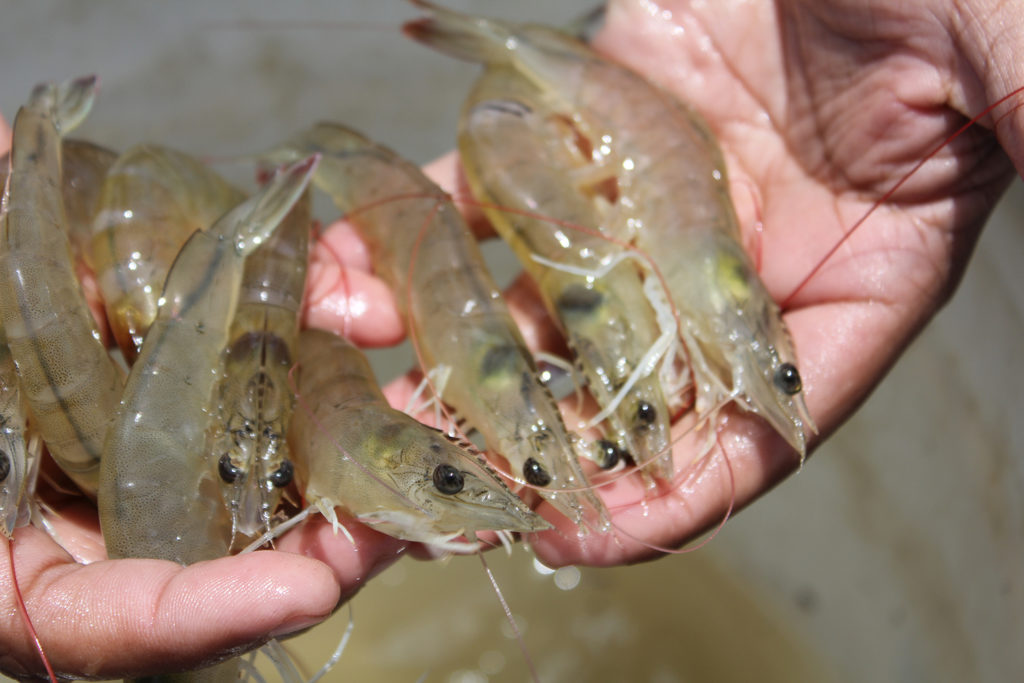
Health & Welfare
Experiences in shrimp genetic improvement in seven countries
In eight genetic improvement programs in seven different countries, growth improvements have been constant in all programs, with annual improvement rates between 5 and 12 percent. Improvements in survival rates are less predictable and less consistent.
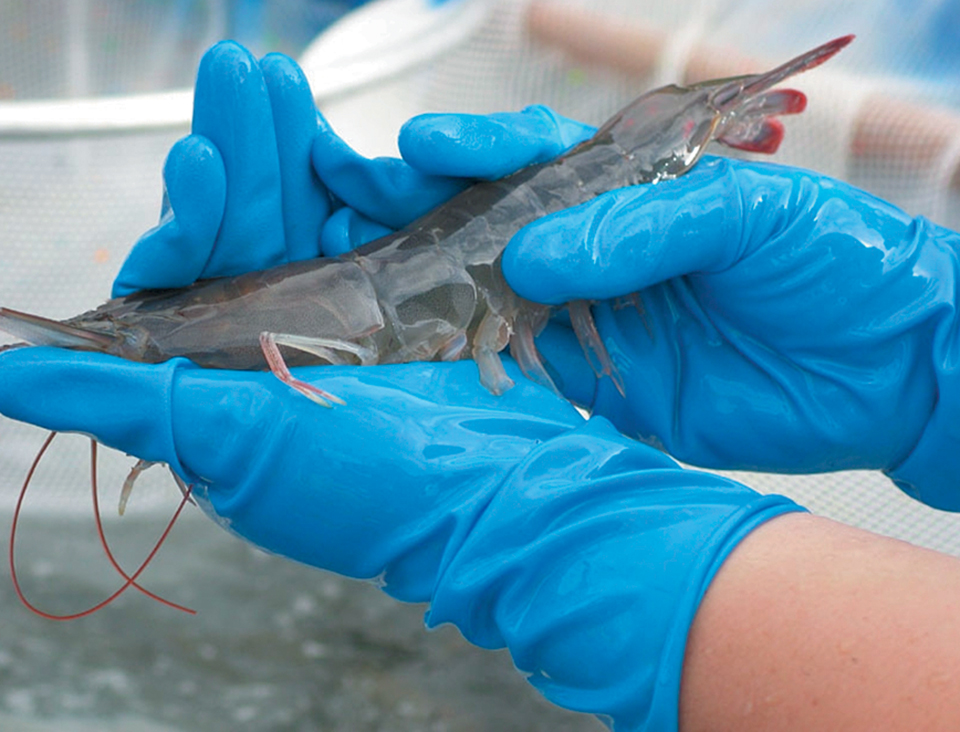
Health & Welfare
Biosecurity principles for sustainable production using SPF shrimp
Basic components of biosecurity include knowledge of diseases, adequate detection methods and the use of “clean” shrimp stocks.


